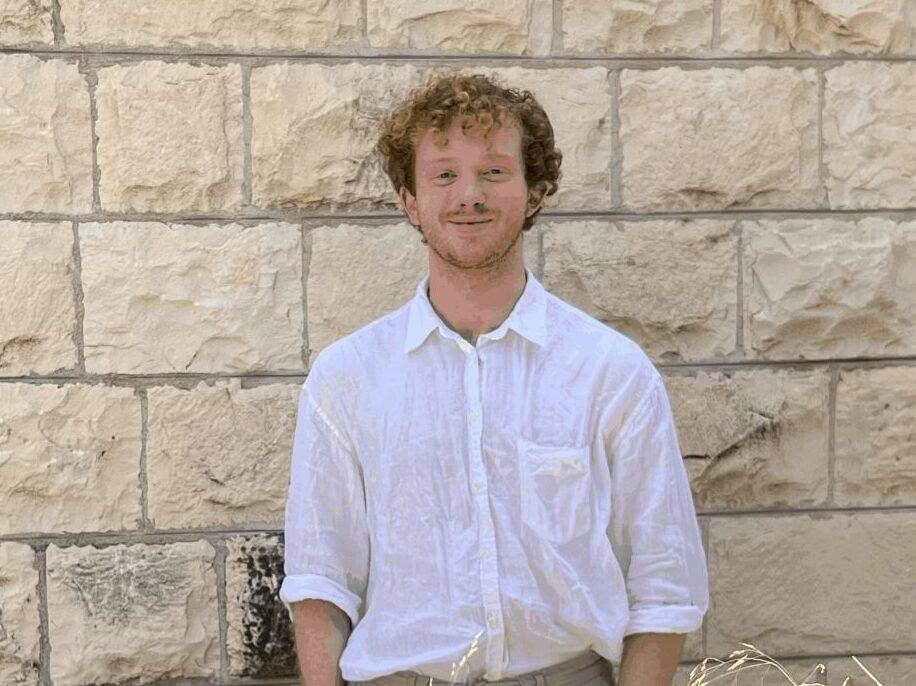I had the opportunity in late July to observe and document a unique event which brought Saudi Arabians and Iranians face to face in Amman, Jordan, to discuss issues of substantial importance. I was there as a visiting researcher at the Arab Institute for Security Studies (ACSIS) in the Jordanian capital.
Despite the resumption of diplomatic ties between Riyadh and Tehran following mediation by Beijing, the ACSIS believes that the normalisation of bilateral ties between the Kingdom of Saudi Arabia and the Islamic Republic of Iran will take a significant length of time.
The latest tension in the relationship dates back to 2016, when Iran’s Supreme Leader Ayatollah Ali Khamenei warned of “divine vengeance” for the execution of Shia Sheikh Nimr Al-Nimr in Saudi Arabia. Fast forward to 2023, and official diplomatic dialogue has been restored; it seems that vengeance has given way to acceptance. What has been framed in Western media as a clash of minds concerning “ethno-sectarianism” actually has less to do with difference and everything to do with renewed interest in regional cooperation across the Middle East.
For the past few years, ACSIS has advocated that dialogue between the parties is the only way forward. Indeed, the institute has been known to host and implement a vibrant dialogue between the two leading regional actors in the region. It believed that joint interest between the two states would outweigh the current challenges witnessed, and what better way to achieve this objective than fostering a discussion on technical-security issues? Indeed, the Amman talks focused on finding common grounds for the de-escalation of tensions and the pillars of a regional non-aggression pact; elevating maritime nuclear security management; and the possibility of cooperation in peaceful nuclear energy issues. The discussions focused on deepening cooperation rather than re-starting relations from scratch, which differs from the discussions hosted in Baghdad, Muscat and elsewhere.
Differences between Riyadh and Tehran have been prominent across the region. In Yemen, Tehran has supported the Houthis, whereas Riyadh has led a coalition against the movement; in Syria, Tehran has supported the Assad regime, whereas Riyadh has routinely joined the allied coalition against Damascus; in Lebanon, Iran backs Hezbollah, which openly opposes Saudi Arabia. Together, Riyadh and Tehran have supported opposing actors in what has been perceived to be state-sponsored sectarianism for at least the past seven years.
Throughout the Amman discussions, important reference was made to Mohammed Bin Salman’s new vision for the region; the declining commitment of Washington to its core allies in Riyadh and the Gulf Cooperation Council; and the growing influence of China in the Middle East. Bin Salman’s mission to re-brand the region as the “New Europe” seems plausible where human security and regional stability can be achieved. The possibility of initiating cooperation on maritime security was addressed, and both parties agreed that the closure of the Hormuz Straits will not benefit any regional stakeholder. Discussions referred to mechanisms by which responding to maritime humanitarian and environmental aspects can be achieved.
The Amman meeting was held with support from the Norwegian Government. The Norwegian Ambassador in Amman highlighted Oslo’s traditional and historical role of promoting “peaceful coexistence”. A representative from the People’s Republic of China joined the opening session.
I was fortunate to witness the intricate details of this highly classified meeting, and while tensions prevailed between parties when discussing specific contentious issues, it is fair to say that the meeting also witnessed friendly gestures with a humanitarian touch. As a Westerner living in Amman, it was obvious that both Saudi Arabians and Iranians have shared values and common principles which could help in overcoming any differences.
The views expressed in this article belong to the author and do not necessarily reflect the editorial policy of Middle East Monitor.


![Iranian Foreign Minister Hossein Amir-Abdollahian (C) is being received by Saudi Arabian Crown Prince Mohammed bin Salman (R) in Riyadh, Saudi Arabia on August 18, 2023 [Iranian Foreign Ministry/Handout/Anadolu Agency]](https://i0.wp.com/www.middleeastmonitor.com/wp-content/uploads/2023/08/AA-20230818-31945011-31945009-IRANIAN_FM_ABDOLLAHIAN_MEETS_SAUDI_ARABIAN_CROWN_PRINCE_SALMAN_IN_RIYADH-e1692374793312.jpg?fit=1200%2C800&ssl=1)









